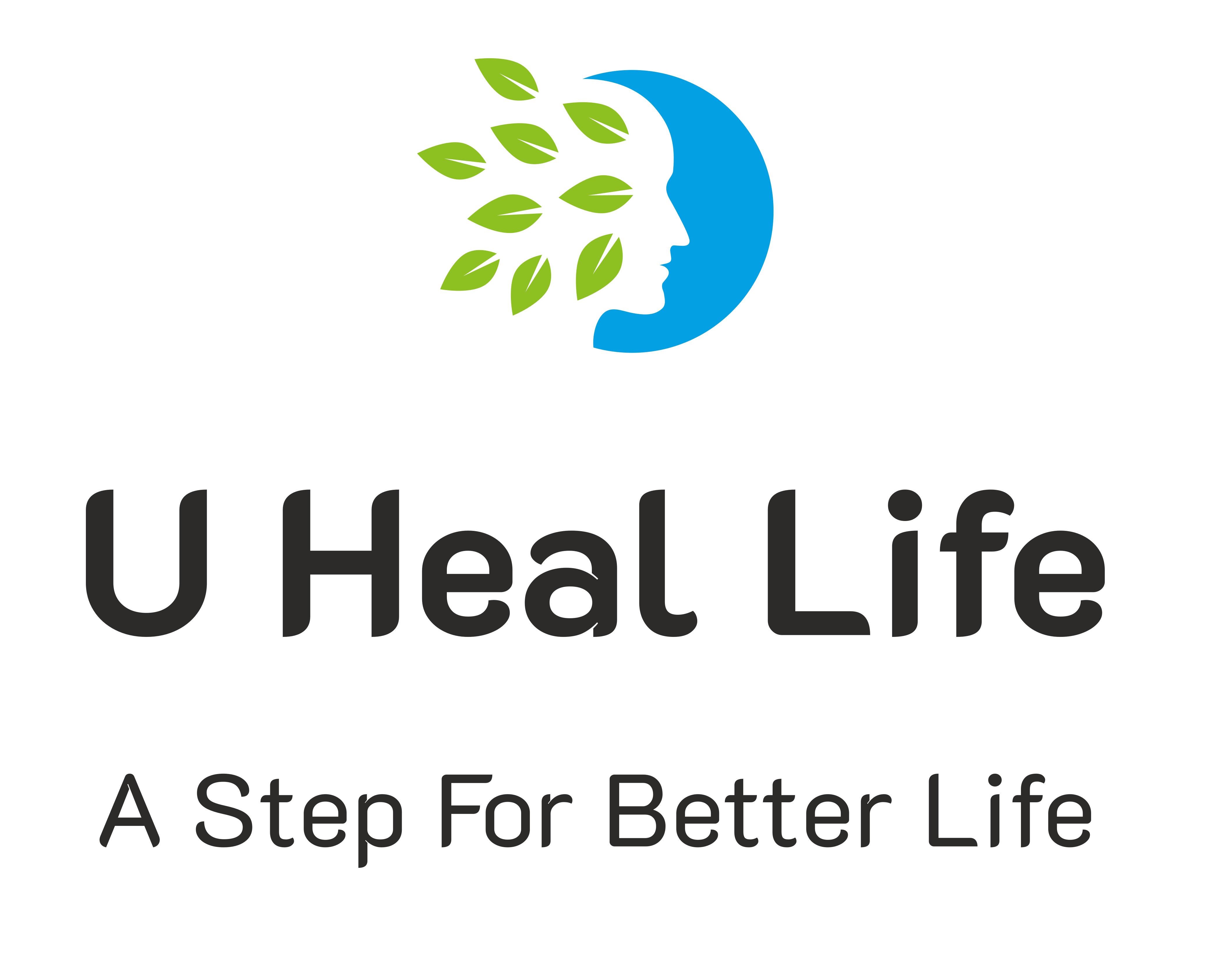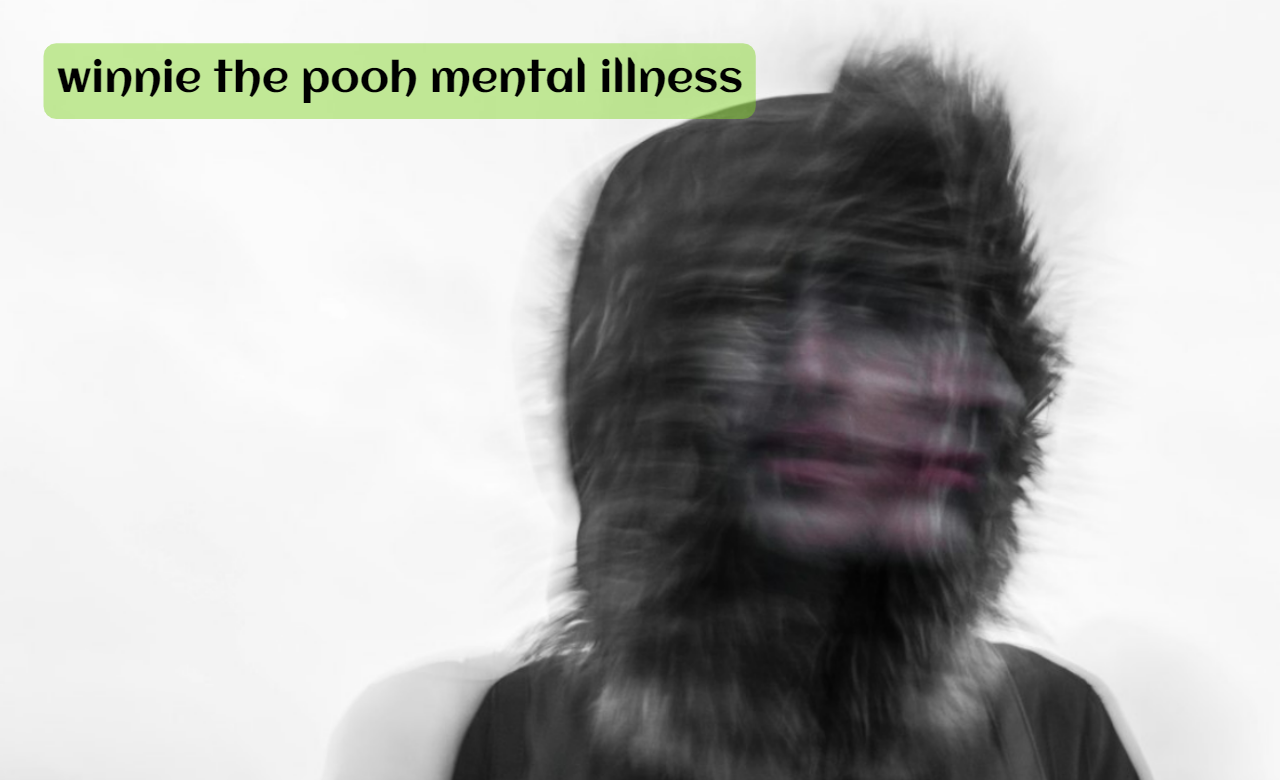Explore the psychological depths of Winnie the Pooh Hundred Acre Wood: Mental Illness in the Hundred Acre Wood
Introduction
Winnie the Pooh, a beloved childhood character, has brought joy to millions around the world. Behind the scenes of his adventures in the Hundred Acre Wood, however, lie intriguing discussions about mental illness. This blog article aims to delve into the psychological depths of Winnie the Pooh and explore how the characters’ behavioral patterns and struggles can be interpreted through the lens of mental health.
Creating a Safe Space: Christopher Robin’s Anxiety
The central human character in the Hundred Acre Wood, Christopher Robin, can be seen as experiencing anxiety. His worry about managing his responsibilities and maintaining relationships with his furry friends is displayed throughout the stories. Christopher’s fear of disappointing or letting down others resonates with individuals dealing with anxiety disorders. The character portrays the constant pressure that people with anxiety often feel, reminding us of the importance of cultivating a safe and supportive environment.
Tigger’s Hyperactivity: ADHD Perspective
Tigger, a bouncy and exuberant character, exhibits signs of hyperactivity that align with attention deficit hyperactivity disorder (ADHD). His constant movement, impulsivity, and difficulty with sustained focus indicate traits often associated with this disorder. Tigger’s struggles resonate with individuals with ADHD, shedding light on the challenges they encounter in their daily lives. By showcasing Tigger’s character, Winnie the Pooh allows readers, both young and old, to gain a deeper understanding of ADHD and promotes empathy towards those who experience it.
Eeyore’s Depression: The Weight of Sadness
Eeyore, a gloomy and melancholic donkey, gives readers a glimpse into the world of depression. Constantly battling a lack of energy, low mood, and a sense of hopelessness, Eeyore encapsulates the struggles faced by individuals with depression. His interactions with other characters within the Hundred Acre Wood highlight the importance of support and understanding in such instances. By personifying depression through Eeyore, Winnie the Pooh sensitively addresses this mental illness, drawing attention to the need for empathy and compassion towards those affected.
Rabbit’s Perfectionism: The Dual Edge
Rabbit, a meticulous and organizing character, exhibits traits aligning with perfectionism. He is shown as overly concerned with order, punctuality, and control. Rabbit’s need for everything to be just right can be linked to the downsides of perfectionism, such as anxiety, stress, and the strain it places on relationships. Through Rabbit’s character, Winnie the Pooh invites readers to reflect on the pressure to achieve perfection and the potential toll it takes on mental well-being. This portrayal serves as a valuable reminder that embracing imperfections and cultivating self-compassion are essential for mental health.
Conclusion
Beyond its endearing stories and characters, Winnie the Pooh highlights the complexities of mental illness. The struggles portrayed within the Hundred Acre Wood methodically address anxiety, ADHD, depression, and perfectionism, thereby encouraging empathy, understanding, and dialogue surrounding these conditions. These themes in Winnie the Pooh resonate with readers of all ages, providing a platform for discussions on mental health and promoting a more compassionate society. Let us embrace the lessons hidden within these timeless stories, nurturing acceptance and support for individuals facing mental health challenges in our own lives.



